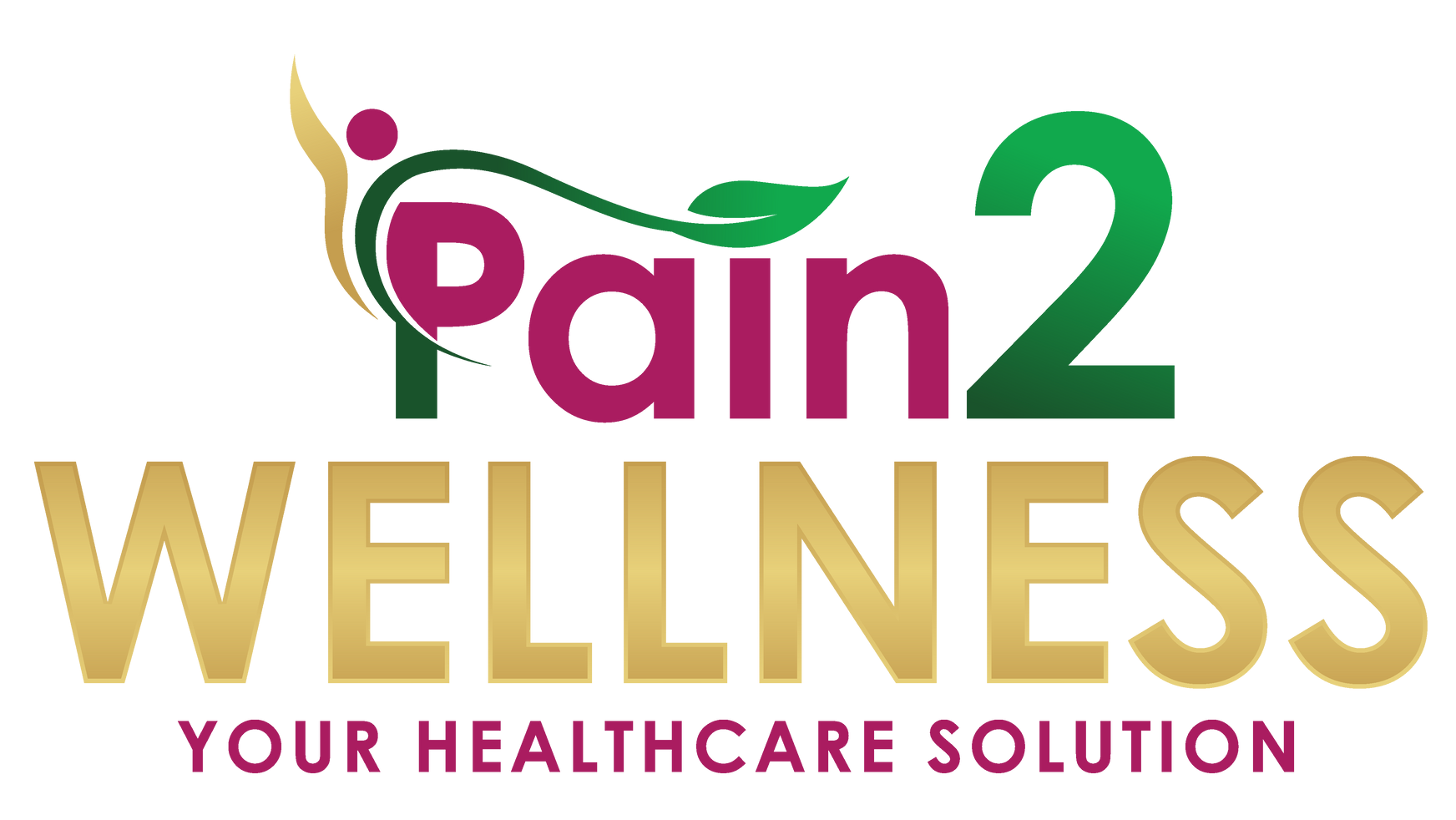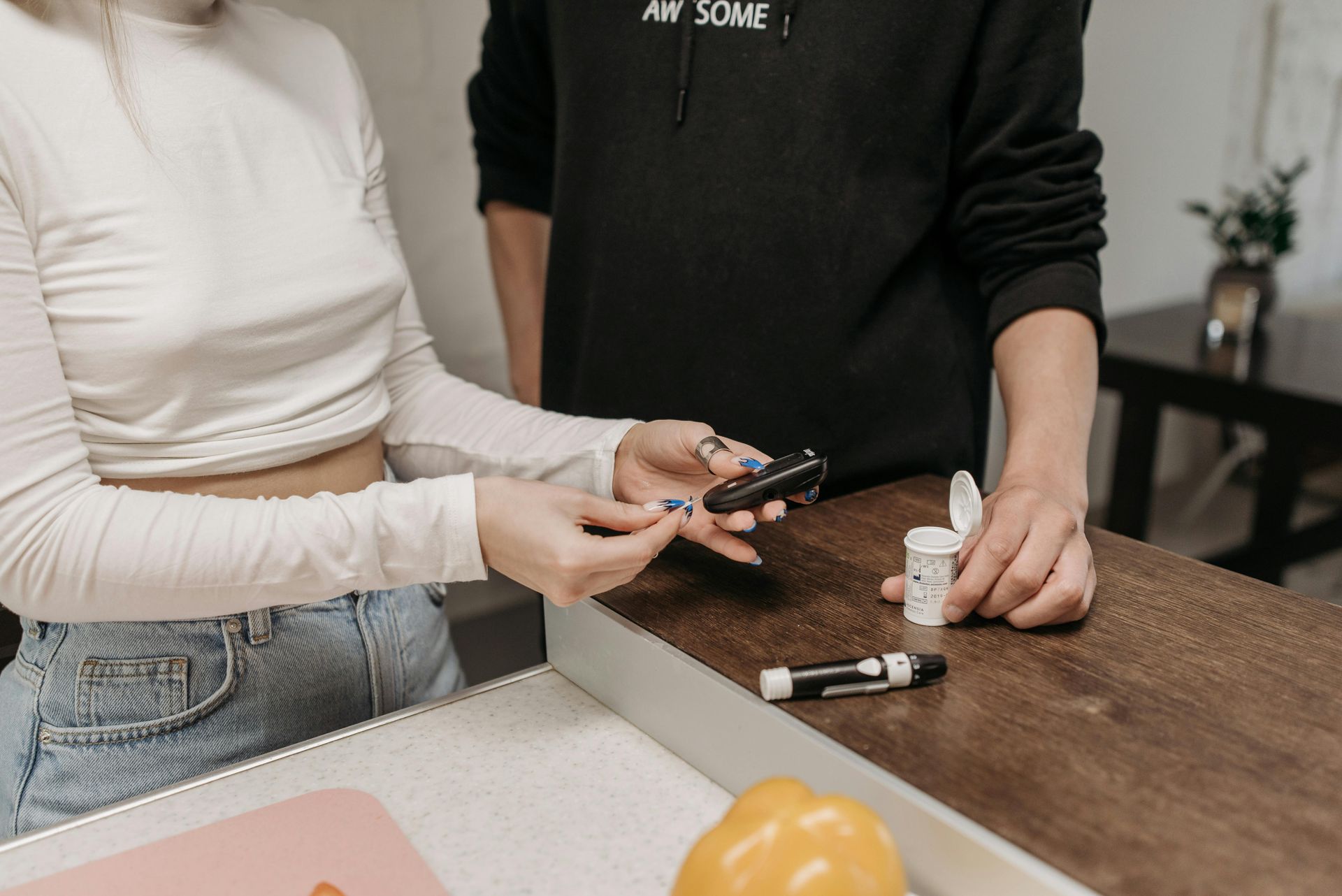Did you know
that more than 96 million Americans—over one-third of U.S. adults—have prediabetes, and most of them don’t even know it?¹
Prediabetes is a silent condition that often goes undiagnosed, yet it carries a serious warning: if left unchecked, it can progress to type 2 diabetes, heart disease, and other life-threatening complications.
The good news? Prediabetes is reversible. With the right steps, you can stop it in its tracks and even prevent it from ever turning into full-blown diabetes.
What Is Prediabetes?
Prediabetes means your blood sugar levels are higher than normal but not yet high enough to be diagnosed as diabetes.
It’s like a yellow light before the red—it’s your body’s signal to slow down and reassess before serious health consequences set in.
Key indicators of prediabetes:
- Fasting blood glucose: 100–125 mg/dL
- Hemoglobin A1c (HbA1c): 5.7%–6.4%
- Oral glucose tolerance test: 140–199 mg/dL (2 hours post-glucose drink)
Who’s at Risk?
Prediabetes can affect anyone, but your risk increases if you:
- Are over age 35
- Are overweight or obese
- Have a family history of diabetes
- Live a sedentary lifestyle
- Had gestational diabetes
- Are African American, Latino, Native American, Asian American, or Pacific Islander
The scary part? Most people don’t experience any symptoms. That’s why regular screening and lab work are so important.
Why It’s Urgent to Act Now
Without intervention, up to 70% of people with prediabetes will go on to develop type 2 diabetes.²
But studies show that lifestyle changes—particularly around food, exercise, sleep, and stress—can cut that risk in half or more.³
Think of prediabetes not as a curse, but as a powerful second chance.
Reversing Prediabetes Naturally
1. Eat Whole, Plant-Based Foods
A diet rich in vegetables, fruits, legumes, whole grains, nuts, and seeds can:
- Improve insulin sensitivity
- Lower inflammation
- Promote weight loss
- Balance blood sugar naturally
Studies show that a plant-based diet reduces the risk of type 2 diabetes by up to 60%.⁴
2. Get Moving
Exercise helps your muscles use glucose more efficiently, even without insulin. Aim for:
- 30–60 minutes of movement daily
- A mix of cardio (walking, dancing, biking) and strength training
Even light daily movement (like walking after meals) can improve insulin sensitivity and glucose control.⁵
3. Prioritize Sleep & Stress Management
Poor sleep and high stress increase cortisol, which raises blood sugar and makes insulin less effective.
Practice:
- Deep breathing or prayer
- Gentle stretching or yoga
- A wind-down routine for restful sleep
Get Tested, Get Empowered
If you haven’t had your labs done recently, ask your healthcare provider to check:
- Fasting blood glucose
- HbA1c
- Insulin levels (if possible)
Catching prediabetes early gives you a unique window of opportunity to reverse the trend and regain your health—without medication.
Final Thoughts: Prediabetes Doesn’t Have to Become Diabetes
Prediabetes is your body’s early warning system. It’s silent, yes—but that doesn’t mean you have to be.
Now is the time to listen, act, and take back your health through small daily changes that add up to major transformation.
If you're ready to reverse prediabetes using food, fitness, and faith, we’d love to support you. Schedule your free discover call below or learn more about our Diabetes Reversal Program.
Sources:
- CDC. National Diabetes Statistics Report, 2022. Centers for Disease Control and Prevention. https://www.cdc.gov/diabetes/data/statistics-report/index.html
- Tabák, A. G., et al. (2012). Prediabetes: a high-risk state for diabetes development. The Lancet. https://doi.org/10.1016/S0140-6736(12)60283-9
- Diabetes Prevention Program Research Group. (2002). Reduction in the incidence of type 2 diabetes with lifestyle intervention or metformin. NEJM. https://www.nejm.org/doi/full/10.1056/NEJMoa012512
- Satija, A., et al. (2016). Plant-Based Dietary Patterns and Incidence of Type 2 Diabetes in US Men and Women. PLOS Medicine. https://doi.org/10.1371/journal.pmed.1002039
- Colberg, S. R., et al. (2016). Physical Activity/Exercise and Diabetes. Diabetes Care. https://doi.org/10.2337/dc16-1728










